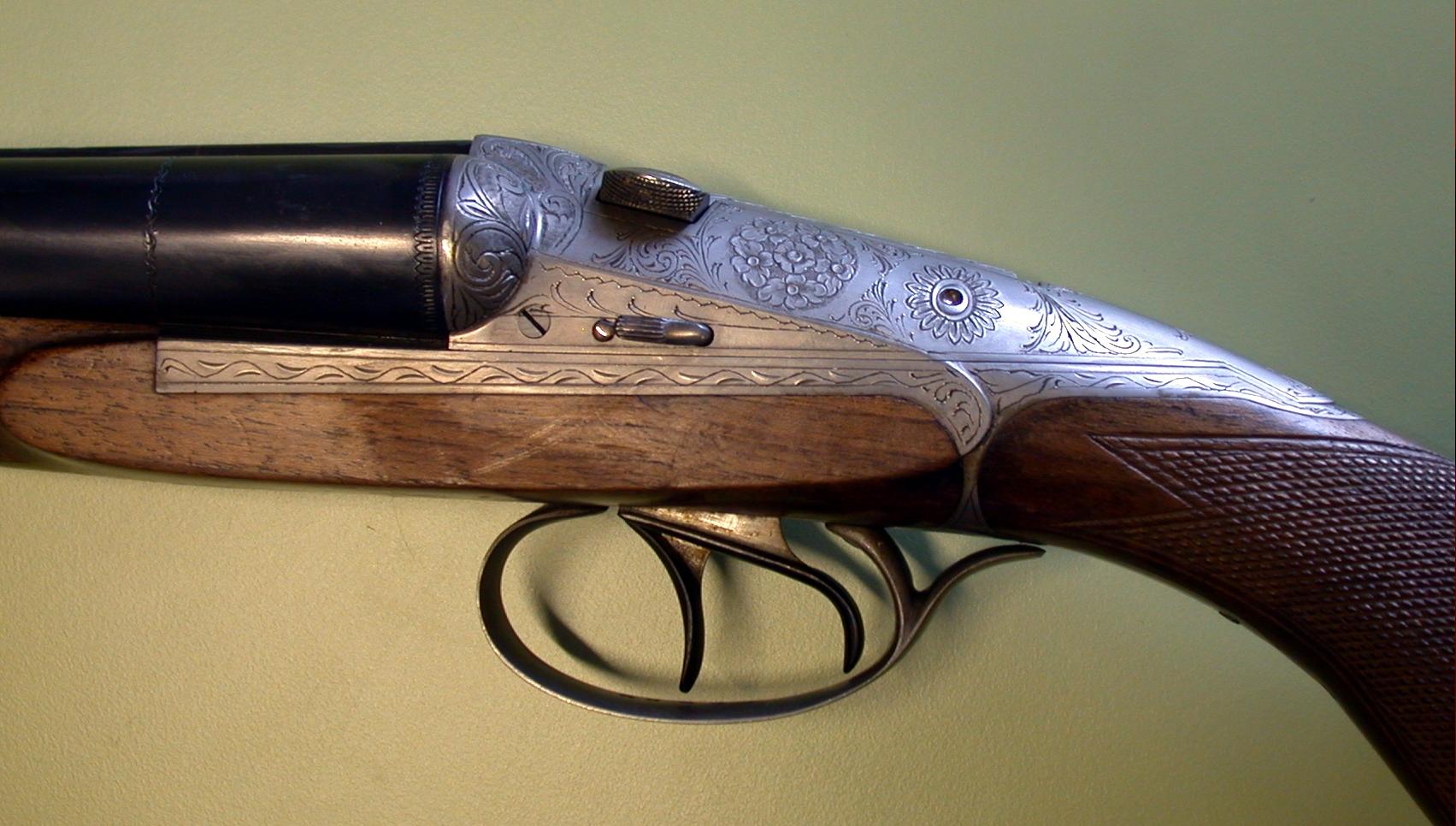Guns continue to be a part of our national conversation, even as we live amidst the constant uncertainty and stress brought on by the coronavirus pandemic. Once it became clear that the pandemic would change our daily lives in significant ways, people lined up for blocks outside of gun stores to purchase guns and ammunition. According to the FBI, there were more background checks in March—3.7 million—than for any month since the system was put into place back in 1998.
Login to read more
Sign in or create a free account to access Subscriber-only content.
Topics:
